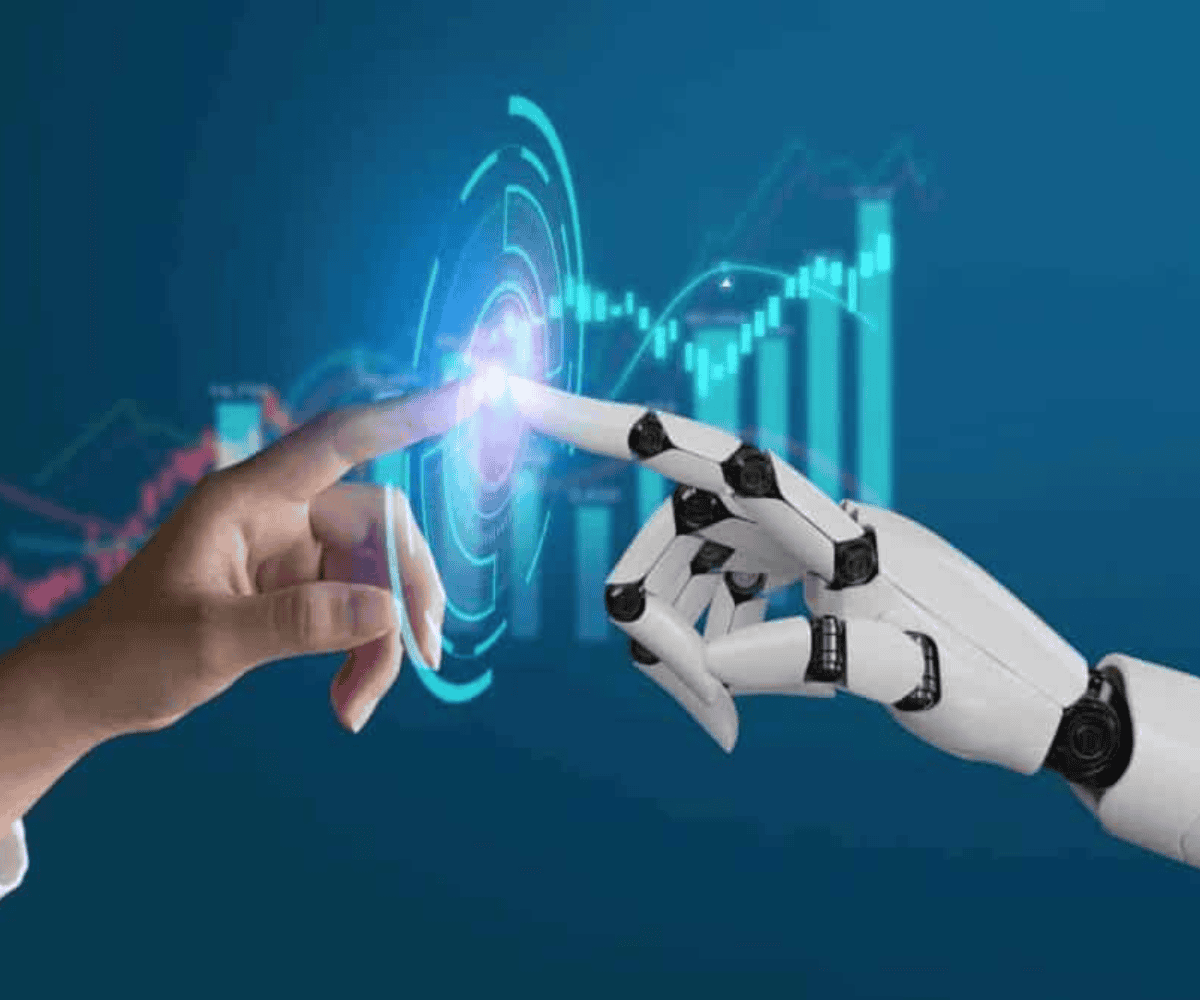Tech giants ride high on hype, but the AI bubble could burst with devastating consequences.

‘The thing that comforts me,” said Jeff Boudier at Hugging Face, the leading open platform for AI builders, “is that the internet was built on the ashes of the overinvestment into the telecom infrastructure of yesterday” during the dot.com boom of the late ’90s.
The coming AI crash “is going to enable lots of great new products and experiences, including ones we’re not thinking about today.”
Boudier’s optimism is charming, but note that he assumes this will all happen some years after the current AI-driven boom in global and especially American markets has crashed and burned, taking some of the “magnificent seven” tech companies (Meta, Tesla, Alphabet, Amazon, Apple, Microsoft and Nvidia) down with it.
Meanwhile, ordinary folk will have to live through the post-crash years one day at a time, and they may find it quite difficult.
Boudier’s promise, credible or not, is that the half-trillion dollars now being hurled at AI infrastructure – data centres, graphics processing units – will at least leave behind hardware that will serve the next AI boom in the 2030s.
That’s cold comfort and the next boom could be seriously delayed.
New-generation chatbots like China’s DeepSeek R1, launched last January, could greatly reduce the need for massive infrastructure, turning most of it into stranded assets.
Or what if real AI came along, demoting all the existing large language models back to their original, unglamorous status as “machine learning”?
Far too much money is being spent on long-odds bets that some new AI tech will appear that justifies the current ridiculously high level of investment, but only one of the magnificent seven can demonstrate that its product will ever make a profit.
Nvidia is already making a very large profit – but its product is chips, which it sells mostly to the other six.
ALSO READ: SA author Zakes Mda to get a share of $1.5bn after winning case against AI company
The seven together represent about a third of the stock on Standard & Poor’s Index, which tracks the stock performance of 500 leading US companies.
When the bubble bursts and at least some of them go down, therefore, they will probably take the whole market down with them – at least in the US.
The bubble is now expanding at an unsustainable rate. As Praetorian Capital Management CEO Harris Kupperman wrote in August: “Today I watch in awe (stupefaction, really) as companies continue to throw endless resources at AI.
“I really thought the CEOs of today, educated with the lessons of the prior cycle [the crash in 2000 that ended the dot.com boom] would never repeat the mistake of overbuilding at massive scale without revenue. Yet, here we are again.”
Nobody in Silicon Valley is making rational calculations of return on investment any more.
What drives the spending spree now is the conviction that really useful and profitable AI will magically emerge if you just scale up the computing power enough, and that the last companies standing will inherit the earth.
Delusions of grandeur, in other words. A run-of-the-mill stock market crash was getting overdue anyway – it’s been 17 years since the last one (not counting Covid) – but the folly of the present boom may well make the crash deeper and the recovery slower than normal.
There is definitely a hint of impending doom in the air.
There are more and bigger wars than we have seen for decades, accompanied by a near-collapse of the international rule of law.
We live in very unstable times.
NOW READ: AI takeover: 180 094 people retrenched globally in the tech sector






